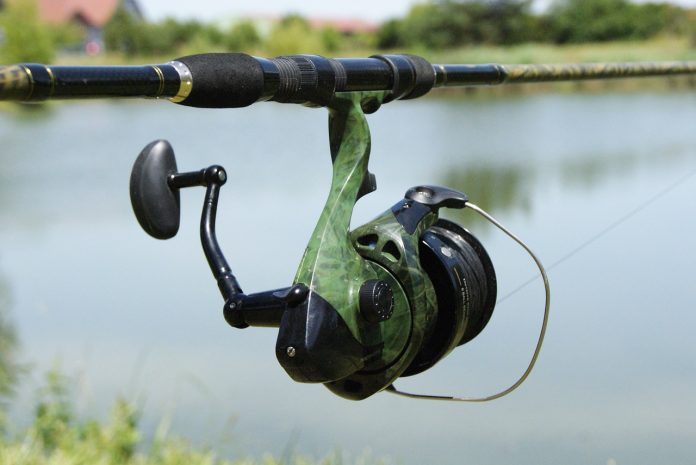Size matters when it comes to what every angler has in mind when he or she heads to a lake to target one of Ohio’s favorite fish.
We’re talking crappies here. Actually big, bigger, and biggest crappies, and that’s exactly what the conversation will focus on when the state’s Wildlife Council meets in early October.
Proposed change
ODNR’s Division of Wildlife fishery officials have proposed a significant change in existing regulations that currently limit daily crappie catches to 30 fish, of which all must be 9 inches or greater in length.
The council will discuss additional input by interested persons and groups, after which they will either accept the proposed changes or deny them.
My money is on acceptance because it makes sense and are based on measurable indicators of need.
According to Rich Zweifel, the division’s Inland Fisheries program administrator, the proposed changes will eliminate the size limit and the daily bag limit for crappies in several smaller reservoirs and lakes with the goal of producing the best possible quality crappie fisheries in those waters.
That means simply that any size and any number of black or white crappies will be legal.
Reel more in

The intent of the change, Zweifel said, is simply to encourage anglers to take more crappies, especially the smaller fish.
When fisheries biologists suggested the current 9-inch minimum size and daily 30 fish limits, it was to allow smaller fish time to get larger, thus attracting anglers to what could be considered a better quality fishery. Sounded like a good plan to most who Buckeye anglers.
That was about eight years ago and while it may have done just that in some lakes, it did just the opposite in smaller bodies of water.
Zweifel said that by listening and watching, counting and measuring, a picture of failure appeared.
He said because smaller lakes are somewhat limited in the amount of forage they can produce, the crappies — big and small — were eating themselves out of house and home. The result is that the larger crappies where being reduced in number and the smaller fish were not getting larger at a satisfactory rate, if at all.
Not across the board
Regulations for fisheries management are not cast in stone. Zweifel said that fisheries managers were able to identify several popular lakes where the quality of the crappie fishery was declining and those lakes are the only ones to see the changes take place.
Area lakes affected include West Branch, Clear Lake, Springfield, Nimisila, Knox, Highlandtown, and Clendening.
If the changes are adopted biologists will be keeping tabs on angler success and crappie growth patterns in coming years to see if further changes are needed.













